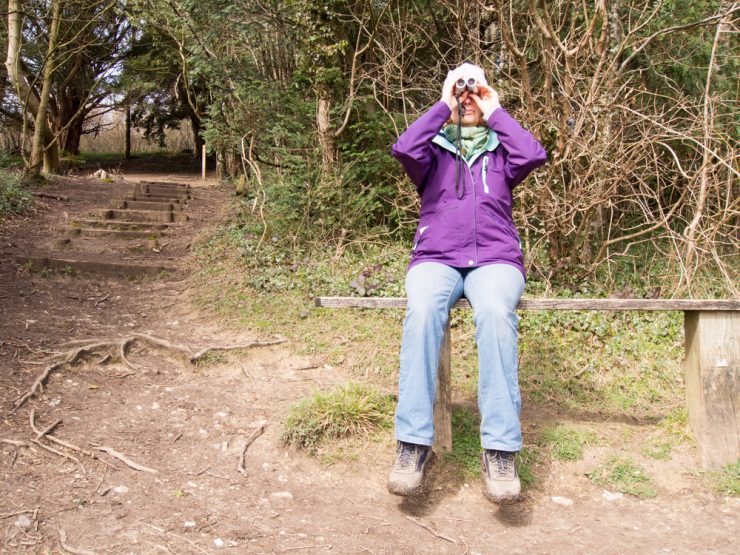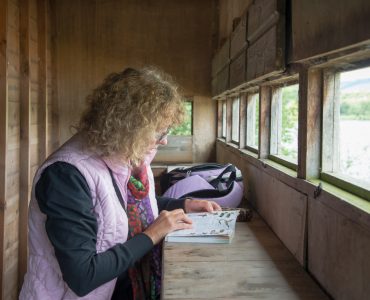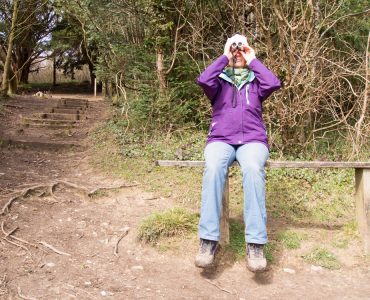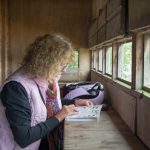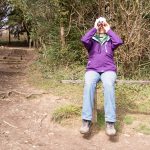The common gull, scientifically called as the Larus Canus, is a medium sized bird, not too large like the herring gull and not too small as the black headed gull. This bird has a very flexible plumage, changing colours and shades depending upon the time of year and the individual bird’s age, hence making it highly unpredictable. During summer time, the birds are found to have a bluish grey wing shade, mantle as well as the whole back. The head, breast and the neck is white in contrast. The wings of the bird are especially pretty, with white spots framing the black tips. The bill of the bird and its legs are a yellowish green in colour. During winter time, the bird’s plumage turns slightly dull as compared to its summer glory. The bill becomes dull forming a thick band at the tip which is generally black in colour, and the bird’s head turns a greyish streaked shade.
The juveniles and birds which haven’t matured completely are shaded in a highly complex manner with tints of various shades of a mottled brown colour. The Larus Canus grows to lengths of 38 to 44 cm and weighs approximately 300 to 500 grams. The wings of this magnificent bird are generally found to vary between 106 cm and 125 cm. The bird has a habitat all year round, found during all seasons.
The voice of the Common Gull is a very high pitched sound, sounding more like a laugh than a bird call. At other times the bird produces a mewing type of sound which sounds something like a Keow. The birds are normally residents and sedentary, staying in one location round the year, and are seen to be accompanied by many of the Scandinavian guests during winter season. The population of the common gull during winter is extremely high.
The common gull feeds mainly on worms, fish, molluscs, and other such insects. Plus it is also a scavenger bird, rummaging for carrion. Their scavenging instincts come across more strongly during the winter season, when they can be seen on their scavenger hunt with many other species of gulls, specifically near landfill sites. The bird’s nests are a queer variety, made out of seaweed and other such plant materials. The nest is built up by the male and female birds together, alongside other gull nests, forming a sort of colony like structure, and mostly formed on ground level as well.
The breeding season of the common gull is during the middle of May, with just 3 eggs and only 1 clutch. Their incubation period of the bird is from 22 to 27 days and it’s fledge days are 28 to 35 days. Both parents of the offspring are in charge of the incubation and feeding of the young ones. The eggs itself are a greenish shade with blotches all around, and a non glossy texture. These birds are very rarely seen in gardens and park areas. In recent times, the species has seen an alarming decline due to various factors like farming lands, drainage problems mink predation etc. conservation work is in progress to keep the birds from becoming extinct.


